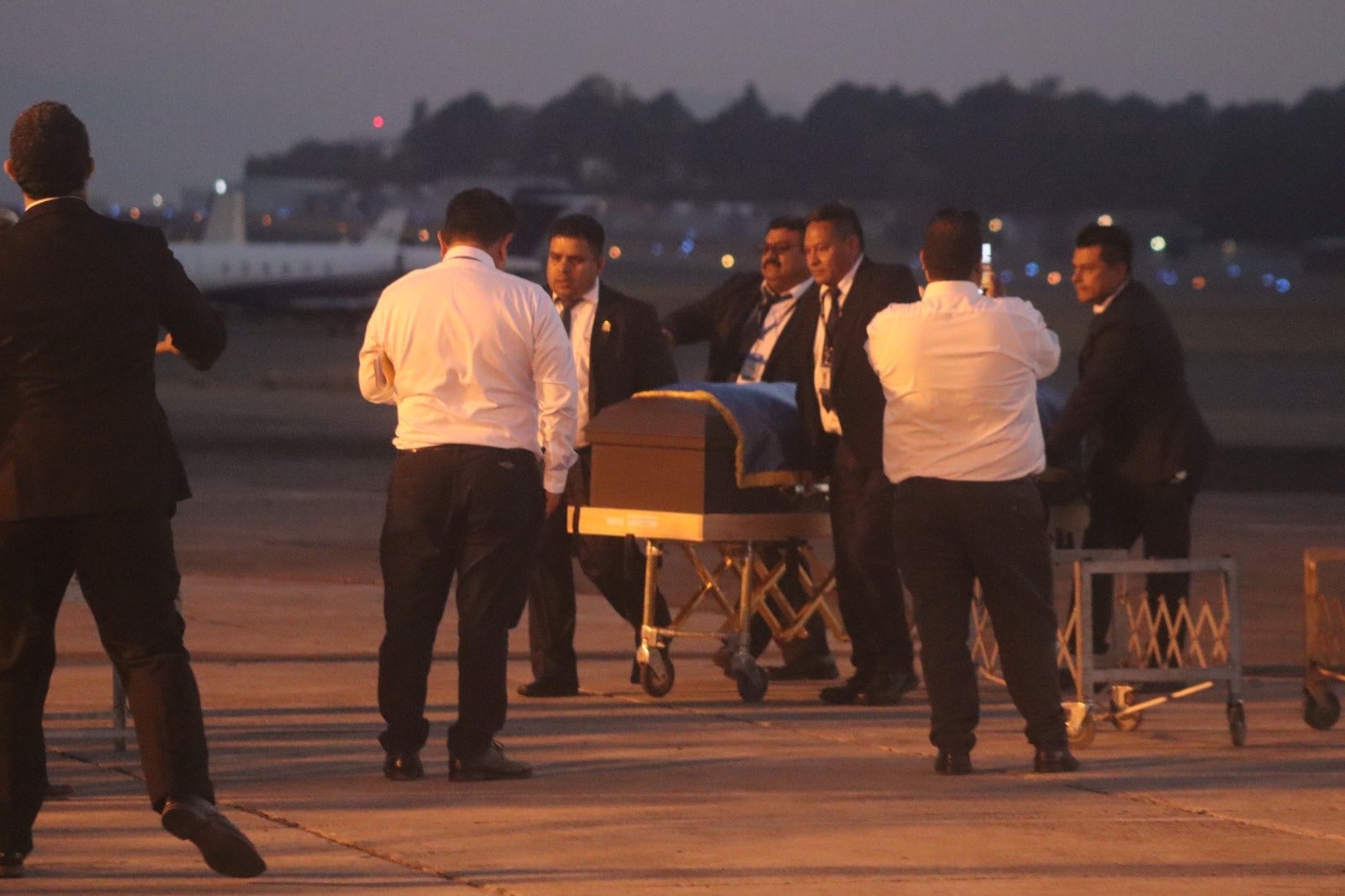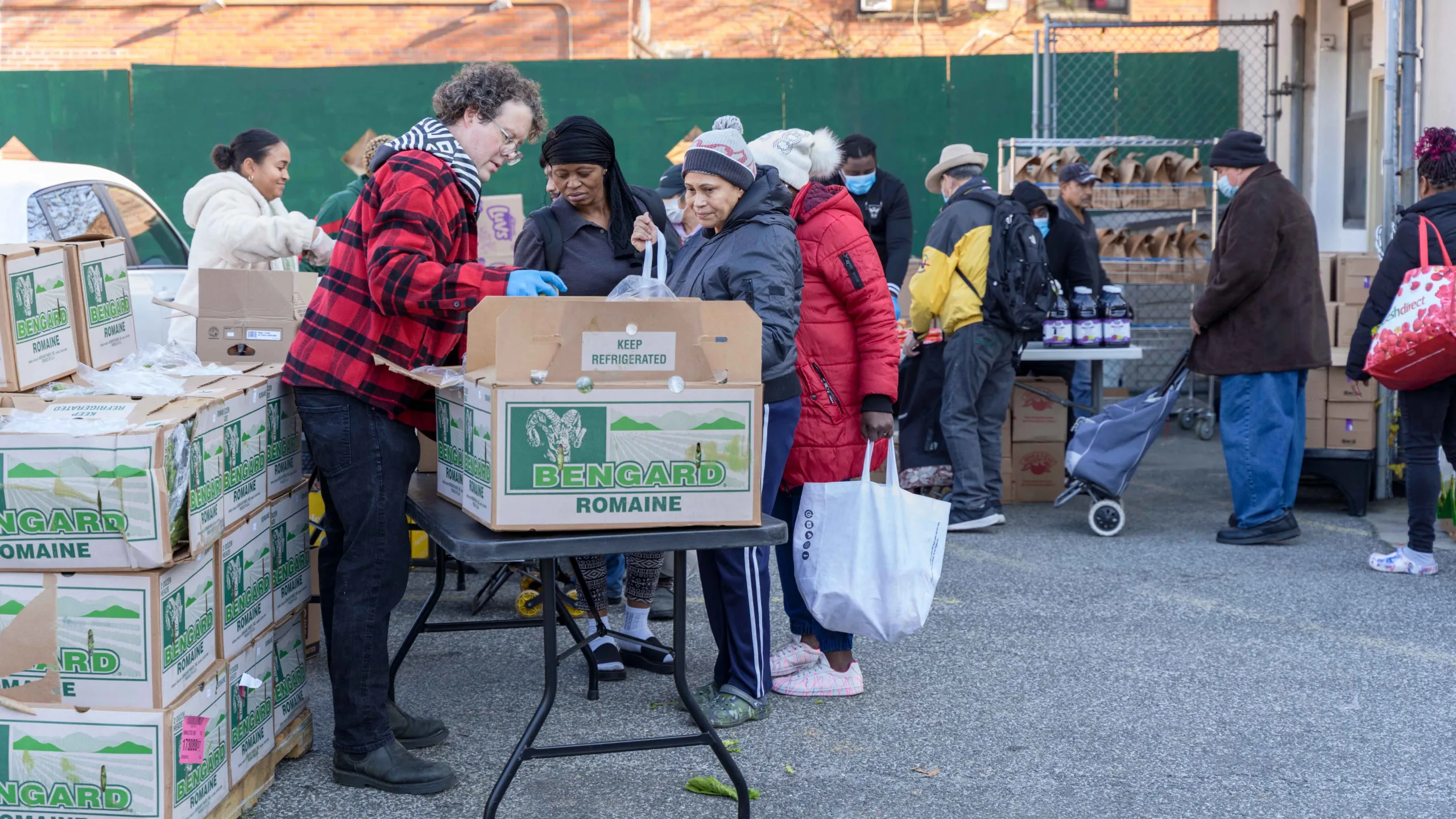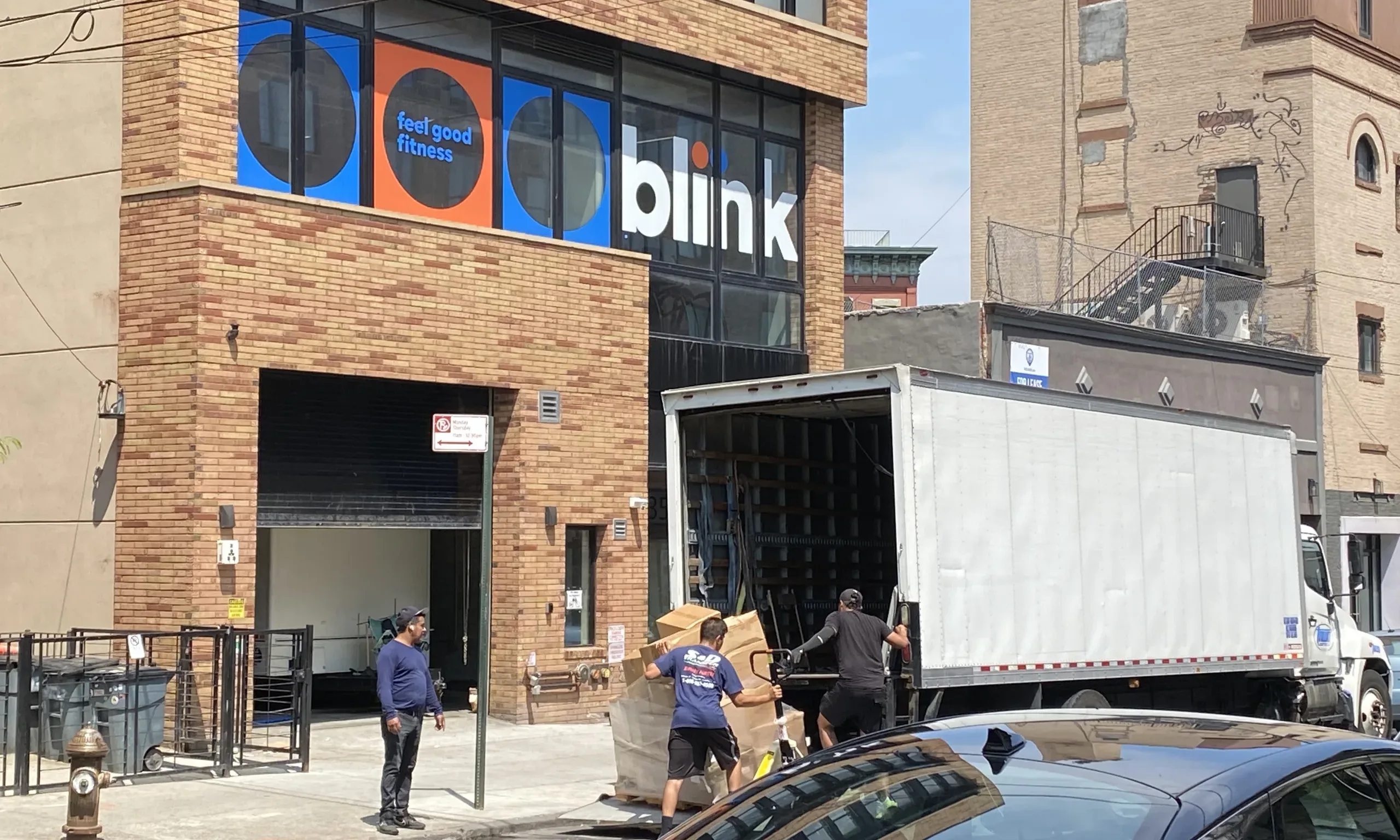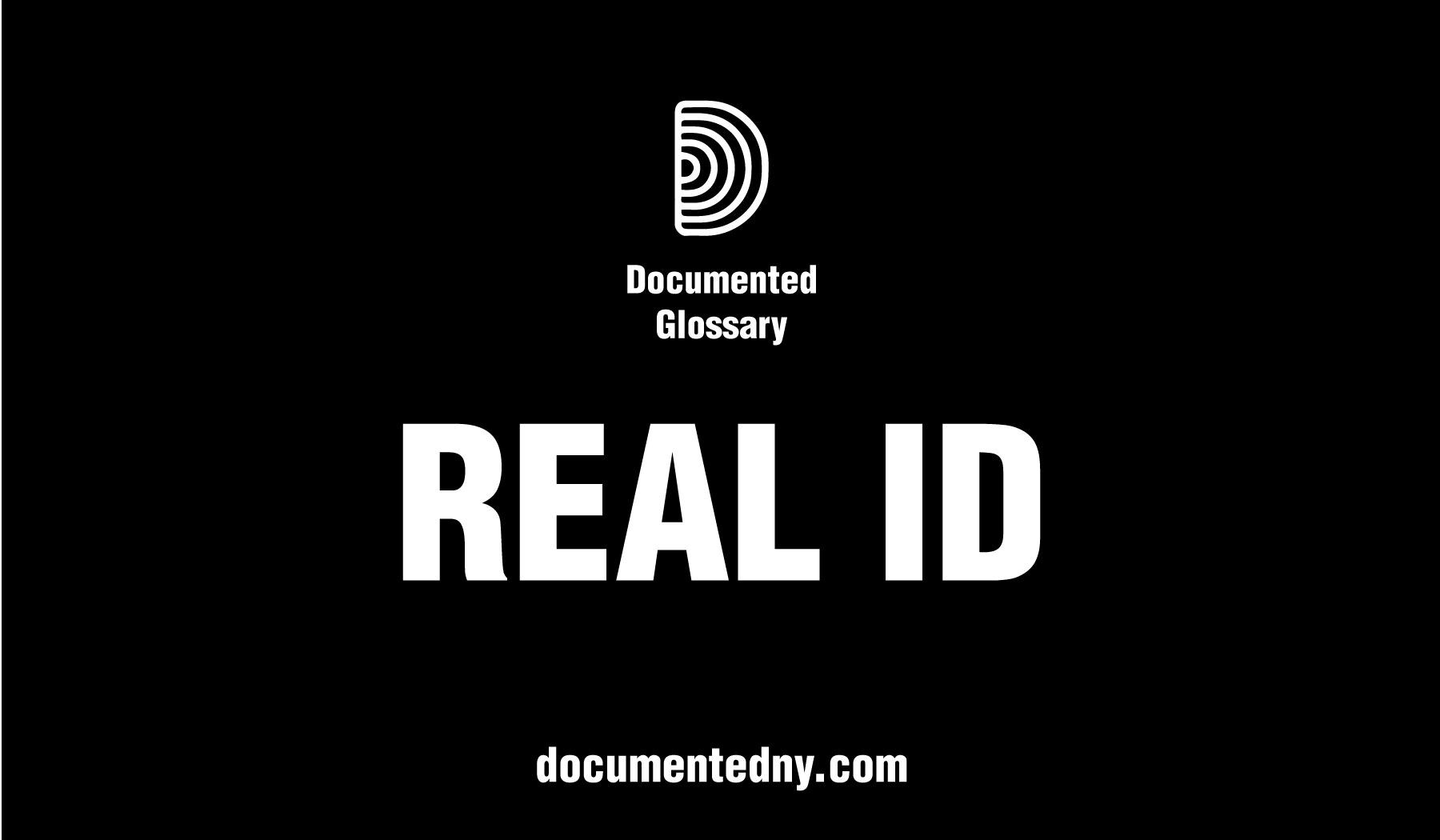After an immigrant passes away, their family members often choose to send the body back to their country in a process known as repatriation. However, repatriating a loved one can cost up to $12,000 and collecting the necessary documents can be daunting.
Lee este articulo en Español: Cómo repatriar el cuerpo de un ser querido de Nueva York a Latinoamérica
Documented spoke with experts and compiled a list of recommendations to give insight into how repatriation works, as well as the contacts of consulates that help migrants with the process.
There are three options that a family has when a loved one passes away: cremation, burial or repatriation. Families often opt for repatriation as it is a means of sending the body back to the country of origin, to their families. Marco Castillo, co-executive director of La Red de Pueblos Transnacionales, a nonprofit in the Bronx that supports Indigenous Latin American immigrants, says that contacting the country’s consulate is the first thing they should do.
“Many consulates either offer partial financial assistance in shipping the body, or have arrangements with particular funeral homes that offer lower-cost services,” he said. The total cost without assistance can be anywhere between $5,000 to $12,000, Pat Mormo, the owner of Daniel J Schafer Funeral Home, said.
Also Read: Latin American consulates located in New York City
What documents are required for repatriation?
Marmo explains that some funeral homes will take care of shipping the body while family members of the deceased will sometimes need to go in-person to their consulate.
“Every country, every consulate has a different requirement,” Marmo said, adding that the repatriation process requires the following:
- A death certificate
- A letter of non-communicable disease
- A passport or other official document from the deceased person’s country of origin with their name on it–even if it’s expired
- A document, like a birth certificate or passport, from the country of origin that proves the person repatriating the body is a family member of the deceased
Some consulates may require that the death certificate must be translated into Spanish and apostilled, which means it’s been signed by a government agency, confirming its authenticity in a foreign country.
If the person does not have documents from their home country, their consulate can issue a “post-mortem passport,” Marmo said.
How to get economic assistance for repatriation
Because the cost of repatriation is high, aside from financial assistance offered by some foreign consulates, the city’s Department of Social Services (DSS) can also provide up to $1,700 towards burial expenses for low-income New Yorkers, regardless of their immigration status. This includes when the burial takes place outside of New York City. To qualify for the city’s program, the total costs must be under $3,400.
This list of frequently asked questions describes the program and its requirements. Family members of the deceased need to fill out this application.
Castillo also suggested that families can get assistance from the community by creating GoFundMe campaigns and asking for contributions from friends and relatives.
TestPost3
How long does the repatriation process take?
The process can take anywhere from a week to a month and a half, according to Marmo and Castillo, all depending on whether the family needs time to raise funds and prepare their documents.
What if I just want to send ashes?
Shipping ashes is significantly cheaper than returning a body, Marmo said. It can cost 75% less. Cremated ashes must be sent through the United States Postal Service (USPS).
The postal service lists all the general requirements in their guide. To ship cremated remains, it is necessary to use a funeral urn and attach a label stating “cremated remains,” which can be obtained from any post office.
Also read: Organizations Serving Immigrants in New York












